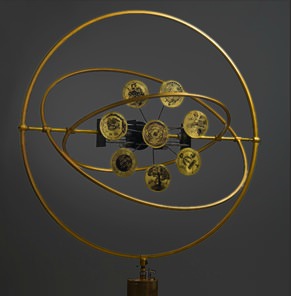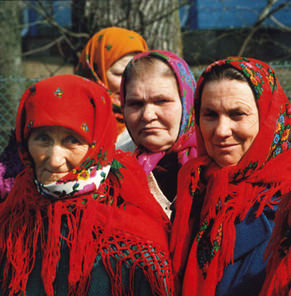 CEPN is a non-profit organisation created in 1976 to establish a research and development centre in the fields of optimisation of radiological protection and comparison of health and environmental risks associated with energy systems.
CEPN is a non-profit organisation created in 1976 to establish a research and development centre in the fields of optimisation of radiological protection and comparison of health and environmental risks associated with energy systems.
The studies are undertaken by a group of a dozen of engineers and economists. The research programme is evaluated by a Scientific Council.
The association currently has three members: the French public electricity generating utility (EDF), the Institute of Radiological Protection and Nuclear Safety (IRSN) and the French Alternatives Energies and Atomic Energy Commission (CEA).

 CEPN is a non-profit organisation created in 1976 to establish a research and development centre in the fields of optimisation of radiological protection and comparison of health and environmental risks associated with energy systems.
CEPN is a non-profit organisation created in 1976 to establish a research and development centre in the fields of optimisation of radiological protection and comparison of health and environmental risks associated with energy systems.

